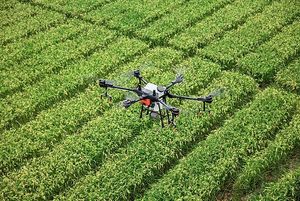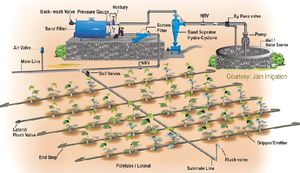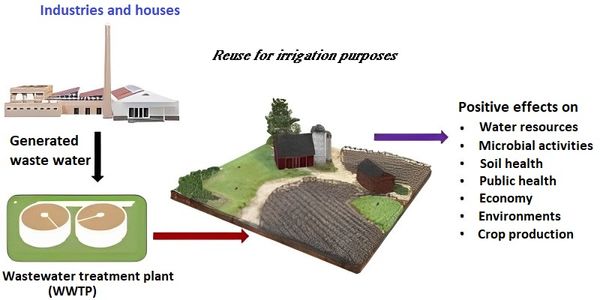2022-03-15
•

India does not spend any money in conserving water consumed in agriculture. There are regulations for efficient water management including rainwater harvesting and wastewater management in industrial and urban households. However, the percent of water usage in these sectors is very low compared to agricultural water usage. If we have more efficient delivery, management and reuse & Recyling of water used for agriculture, this will impact the water crisis in India positively.
A smart water management system that includes smart meter, drones, smart temperature and humidity sensors, automated water level monitors, automated drip irrigation, water quality monitor and so on can effectively utilize the available water, which is a need for the hour as we are going towards a water scarce society while the population is exploding, thereby increasing the food requirements.
Drones equipped with sensors and cameras are used for imaging, mapping and surveying the farms. From the drone data, insights can be drawn regarding crop health, irrigation, spraying, planting, soil and field etc.


2022-03-16

2022-03-14